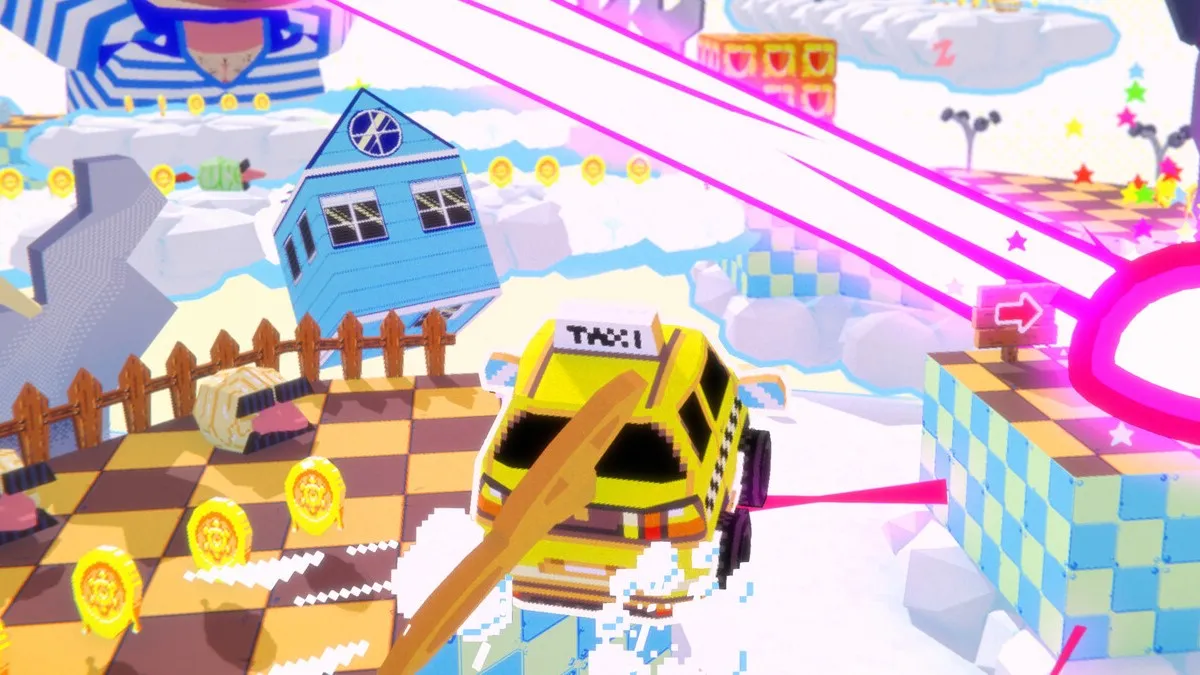Metal Gear Solid 5: The Phantom Pain is due to hit the PC in a big way, and you can get it free with selected NVIDIA hardware.
September 1 sees the release of Metal Gear Solid 5: The Phantom Pain on consoles and PC; it’s the last Metal Gear game with series creator Hideo Kojima at the helm. The PC version is shaping up to be the most visually stunning of the lot, and you can get if for free: NVIDIA is bundling the game for free with select GeForce GTX 980 Ti, 980, 970 and 960 graphics cards and systems, as well as select GeForce GTX 980M and 970M notebooks.
While The Phantom Pain is said to be entirely playable without any knowledge of previous games in the franchise, it’s helpful to understand a bit of the story so far. With that in mind, we put together a quick collection of background information. If you want to delve deeper, visit the terrifyingly comprehensive Metal Gear Wiki.
It’s Hideo Kojima’s Baby
From the start, the driving force behind the Metal Gear series has been Konami’s Hideo Kojima. With a love of movies and destined for a career in finance, Kojima started playing video games in the fourth year of his economics degree. Inspired by Super Mario Brothers and a less well-known murder mystery adventure called The Portopia Serial Murder Case, he decided his future instead lay in games, and joined Konami as a designer and planner. The game he worked on was Penguin Adventure on MSX, and he was asked to take over work on Metal Gear.
It Wasn’t Supposed to be Stealth-Based
Metal Gear was originally conceived as a straightforward action game featuring modern military combat, but Kojima instead conceived a game where you start unarmed and rely on your fists. Rather than shoot your way to victory, you must stay out of sight of enemy guards and evade capture.
Time Travel
The Metal Gear story is all over the place time-wise. The original Metal Gear was set in 1995, with a young Solid Snake sent to infiltrate Outer Heaven to find a missing squad member and investigate the eponymous Metal Gear – a walking tank with nuclear capabilities. The sequel was set in 1999, and Metal Gear Solid brought the action forward to 2005. Metal Gear Solid 2 was set between 2007 and 2009, and then Metal Gear Solid 3 took things way back to 1964. Confused? Metal Gear Solid 4 happens in 2014, and then the series jumps back to 1970 and continues forward from there. The Phantom Pain is set in 1984.
So Many Snakes
If Metal Gear sees young Solid Snake on his first mission in 1995, how come MGS3 puts you in control of Snake in 1964? To the casual observer, Metal Gear is all about Solid Snake, but it’s a lot more complicated than that. Solid Snake isn’t the first Snake in the family. His FOXHOUND commander in Metal Gear, Big Boss, previously went by the Snake title, and that’s who you play as in all the pre-1995 games. It also turns out that Solid Snake is a clone of Big Boss, and he’s not the only one. In Metal Gear Solid we meet his twin, Liquid Snake, and MGS2’s main antagonist, Solidus Snake, is another clone (as well as an ex-President of the USA).
The Supporting Cast
With an enormous storyline stretching over many years (Metal Gear Solid 3 is set in 1964, but the origins of the story date back to the end of the First World War), Metal Gear built up a huge supporting cast beyond the Snake family tree, from Snake’s trusted data analyst Mei Ling to his ally and original Metal Gear designer Dr. Hal “Otacon” Emmerich— not to mention the game’s assortment of shady organizations. Characters also take on separate names and often turn out to be different people altogether with completely different affiliations.
It’s Philosophical
Key to Metal Gear’s success over the years is the fact that Hideo Kojima’s always had big narrative ambitions. He transformed Metal Gear from a straightforward action game into a multi-layered stealth adventure that questions how politicians manipulate the military, and throughout the series he addresses all manner of philosophical and political questions, tackling issues such as genetic engineering, censorship and racial identity. The Phantom Pain focuses on revenge and how it can make you lose your humanity, and we can expect to see Snake, motivated by revenge, transformed into the villainous Big Boss of Metal Gear.
Secret Stuff
Plenty of games have little secrets and Easter eggs along the way, but Metal Gear takes the concept to a whole new level. Every game is crammed with extra hidden touches and a big part of the fun involves finding them; in Metal Gear Solid, Psycho Mantis reads Snake’s mind by looking at your PS1’s memory card and commenting on any Konami games you’ve played, Peace Walker lets you add Hideo Kojima to your squad, while in Metal Gear Solid 3 you can kill the young Revolver Ocelot, creating a time paradox that prevents key events in the future from happening. Game over!
Hayters Gonna Hayt
Ever since Solid Snake found his voice in Metal Gear Solid, he’s been played – in English at any rate – by actor David Hayter, who also co-wrote the screenplay for Zack Snyder’s Watchmen movie. When the focus shifted to Big Boss in Metal Gear Solid 3, Hayter stayed on board to provide the voice of Snake’s genetic predecessor, and he continued in the role until Metal Gear Solid 5: Ground Zeroes. For The Phantom Pain, Hideo Kojima wanted an older-sounding voice for the now middle-aged Snake, so Hayter was replaced by 24 star Kiefer Sutherland.
Get in the Box
In a game where stealth is paramount, it’s always handy to have a place to hide, and throughout the Metal Gear series you can generally count on being able to conceal yourself in a cardboard box. In the first Metal Gear, Snake uses a cardboard box to avoid detection from surveillance cameras and guards, and in Metal Gear 2 he can also load himself onto trucks in a box for free transport around the enemy fortress. Later Metal Gear games expand the possibilities of a simple cardboard container, however in the recent Ground Zeroes there’s no box action at all. The box is back in The Phantom Pain, though, with a fancy codename: the Quick-deployment Personal Concealment System, or QPCS.
Metal Gear Solid 5: The Phantom Pain launches on PC September 1. You can score a free copy of the game with purchase of a qualifying new GeForce GTX GPU. Find out if your PC is ready for Snake’s latest adventure by running NVIDIA’s GPU Analyzer for Metal Gear Solid 5.
Buy Now




